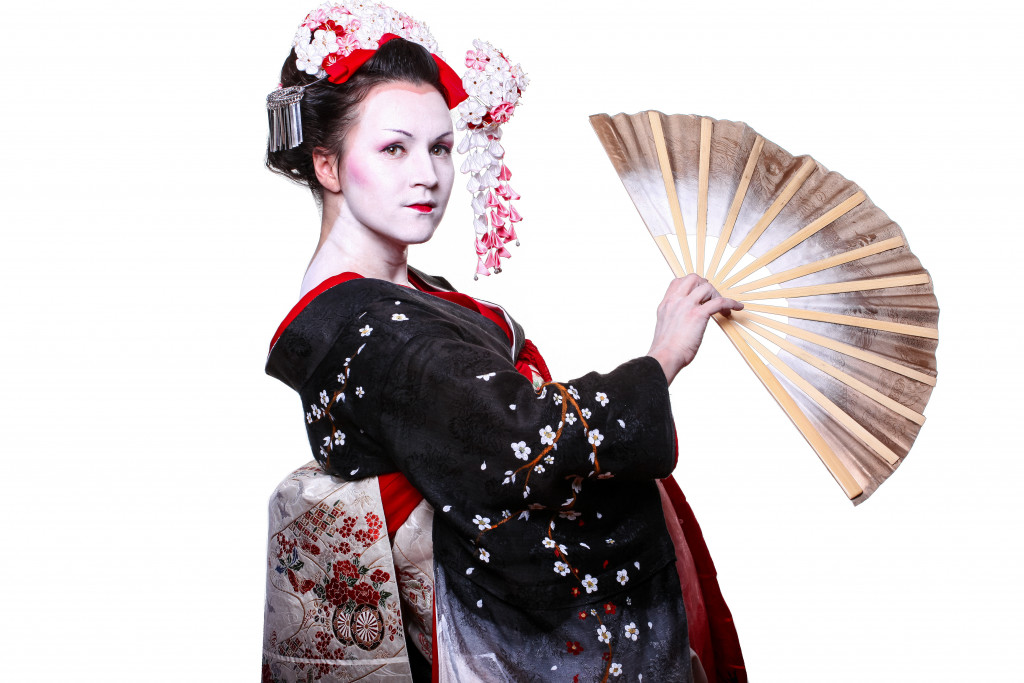There’s something special and even a little bit magical about traditional clothing. Whether it’s the colorful fabrics, intricate patterns, or the way that it can make you feel connected to your culture and heritage, traditional clothing is truly one of a kind.
Traditional clothings are often one of the first things that come to mind when we think about different cultures around the world. From the kimonos of Japan to the dirndls of Germany, there are so many other beautiful traditional garments out there. In this blog post, we’ll take a look at some of the different kinds of traditional clothing worn around the world. Maybe you’ll be inspired to add a new piece to your wardrobe!
Saris
A sari is a long piece of fabric draped around the body. It is typically worn by women in India, Pakistan, and Bangladesh. Saris are usually made of cotton, silk, or other light fabrics and can be adorned with beautiful embroidery, sequins, and other embellishments. The way a sari is draped varies depending on the region where it is worn, but it’s typically wrapped around the waist and then draped over one shoulder.
And despite the modern fashion trends, the sari remains a popular choice of clothing for special occasions in India and other parts of South Asia. In addition, many tourists, particularly in India, are opting to try this colorful and unique garment for themselves! If you want to know more about saris, you can look for an Indian female blogger who can help you with styling and draping tips.
Kimonos
When you think of traditional clothing from Japan, chances are the first thing that comes to mind is the kimono. These elegant garments have a long history, with some designs dating back generations. They are made from various types of silk and feature intricate patterns, often symbolic of the season or specific occasion. While they were originally worn daily by both men and women, today, they are mostly reserved for special events such as weddings or coming-of-age ceremonies.
It takes skill and practice to properly wear a kimono, as there are specific techniques for tying the fabric and arranging the sleeves and collar. Despite this, many tourists enjoy renting and wearing kimonos while visiting Japan, giving them a chance to experience a taste of traditional Japanese culture. So next time you see someone in a beautiful kimono, remember all the history and care that goes into wearing one.
Dirndls
Have you ever seen a woman decked out in an apron, dress, and braids carrying a large mug of beer? Chances are, you have stumbled upon someone wearing a dirndl. This traditional garment originated in Bavaria and has become popular throughout much of Germany. While variations exist, the classic dirndl includes a blouse, bodice, full skirt, and apron.
Traditionally worn by peasant women for practical purposes such as farming or cooking, the dirndl is now often used as festive attire for festivals or special occasions. Are you ready to embrace your inner Bavarian? Just remember – the way you tie your apron can send signals about your relationship status. Tie it on the left for single, right for taking, and center for waiting to be asked! So don’t forget to straighten your pinafore before flirting with that cute stranger at Oktoberfest.
Tribal clothing

Regarding traditional clothing, tribal garments are certainly some of the most unique and visually stunning. Often made from natural materials such as animal hides or plant fibers and decorated with intricate beadwork, tribal clothing can vary dramatically from one culture to another. In some tribes, clothing indicates a person’s lineage or marital status. In others, certain clothes may only be worn during religious ceremonies or special occasions.
Whatever the case, tribal clothing has often played an essential role in maintaining cultural traditions and community identity. So next time you’re looking for a dose of fashion inspiration, consider exploring the rich world of tribal garments. From Africa to the Americas and beyond, there’s an endless array of stunning traditional styles to discover.
Final thoughts
From saris to kimonos to dirndls (and so many more!), there is an incredible variety of traditional clothing worn around the world. Each culture has its own unique style that reflects its history and heritage. Traditional clothing often has beautiful details such as embroidery, sequins, and intricate patterns. It can be made of luxurious fabrics such as silk or less expensive materials such as cotton. If you’re ever lucky enough to travel to another country, be sure to check out some of the traditional clothing worn by locals! You might just find your new favorite outfit.
